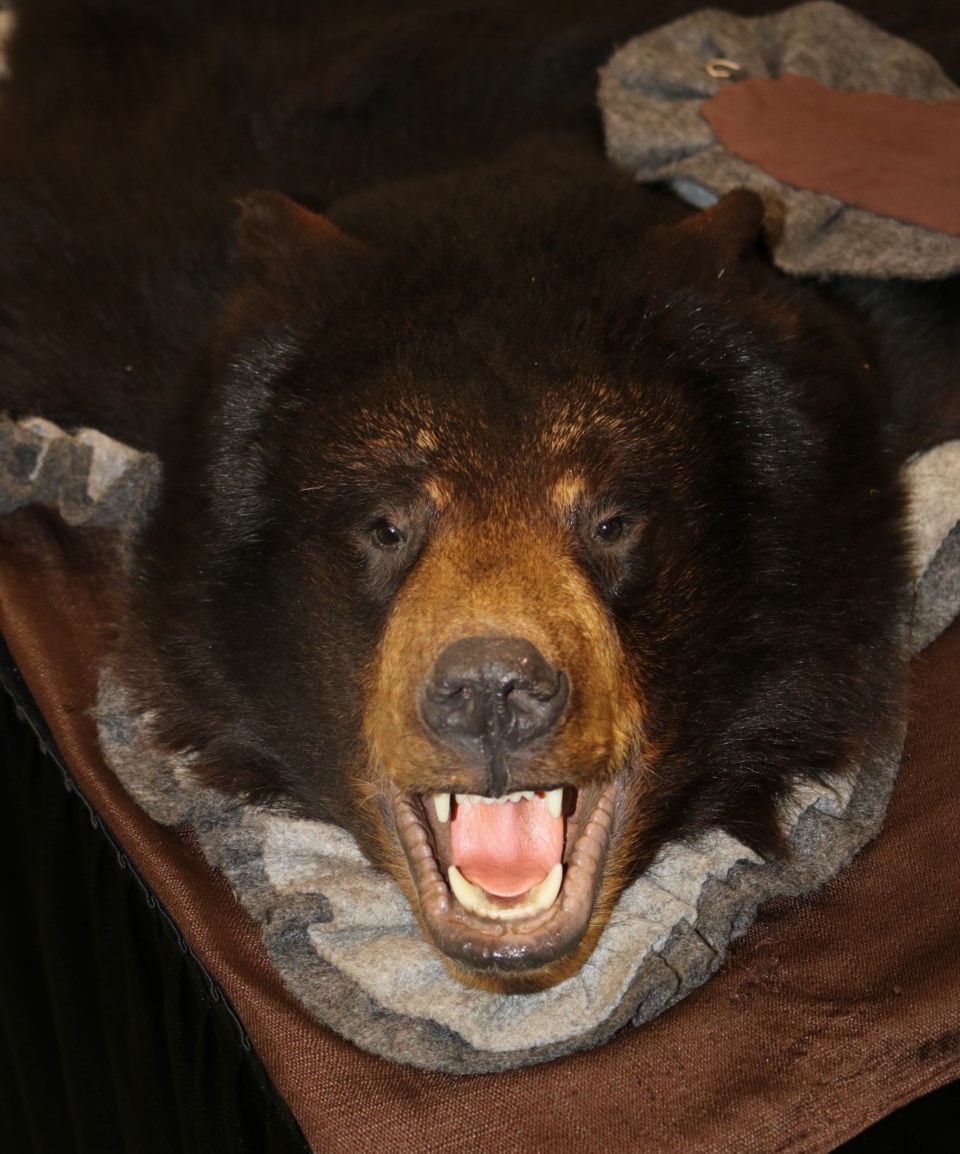YORKTON - Bear hunting can be a lifelong passion for some, as was evidenced by a panel presentation on the activity at the Parkland Outdoor Show & Expo.
“I’ve been hunting bears my whole life,” offered Muc Simmons of Regina, adding other than elk, he prefers hunting bear over other species. “It’s sort of my passion.”
Preeceville’s Blair Mitchell has been hunting bears for decades too.
“I’ve been hunting 35-plus years. Bears are probably my favourite to hunt,” he said. “. . . There’s no experience like sitting in a stand looking over bears.
“It’s exciting to get out in the bear stand because it’s so much fun,” said Greg Toogood of Prairie Pursuit.
So how can you be successful when hunting bear?
Toogood said set up is key, but there isn’t exactly a secret recipe for success in that regard.
“Everybody does it just slightly different,” he said.
In terms of how to bait bears, there are various approaches with such bear attracting delicacies as used grease from a restaurant, beaver carcasses from a trapper, oats and even stale potato chips – basically anything a bear will be attracted to to bring them within range of the hidden hunter.
Once bears start to arrive, the hunter waits for the one they want, and take the shot.
“But, how are we saying that’s the bear we want?” asked Toogood.
Well there are signs a bear is a big one – a boar preferred by most leaving sows to reproduce. For example, if the back of the bear is even with the top of a 45 gallon bait drum, it is a sizable bear, he noted.
The big bears have big heads too.
“One of the things every hunter looks at is its head,” said Mitchell, adding “a big, blocky head,” is almost always a mature boar.
Mitchell suggested patience.
“Don’t shoot the first bear you see,” he said.
Generally, the bigger bears come in later in the day to feed.
Ultimately, Toogood says it comes down to making a decision you are comfortable with in terms of the bear you want.
“It’s whatever feels right for you,” he said.






